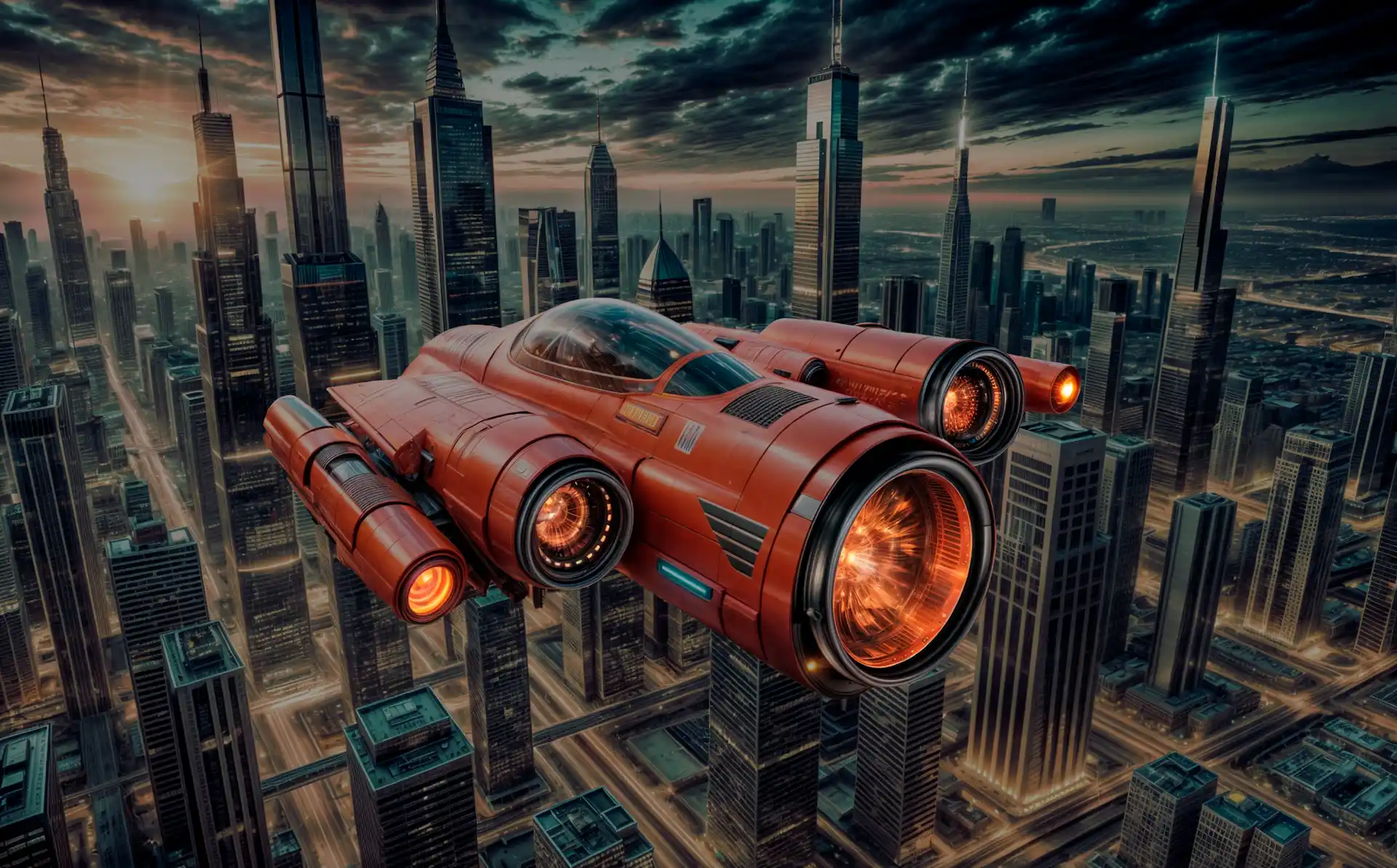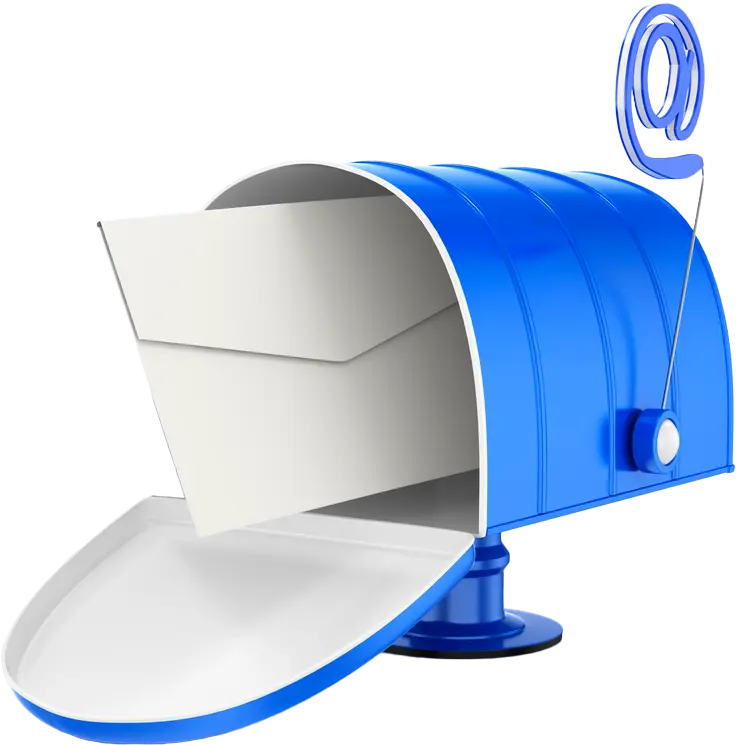Computer Vision (CV)
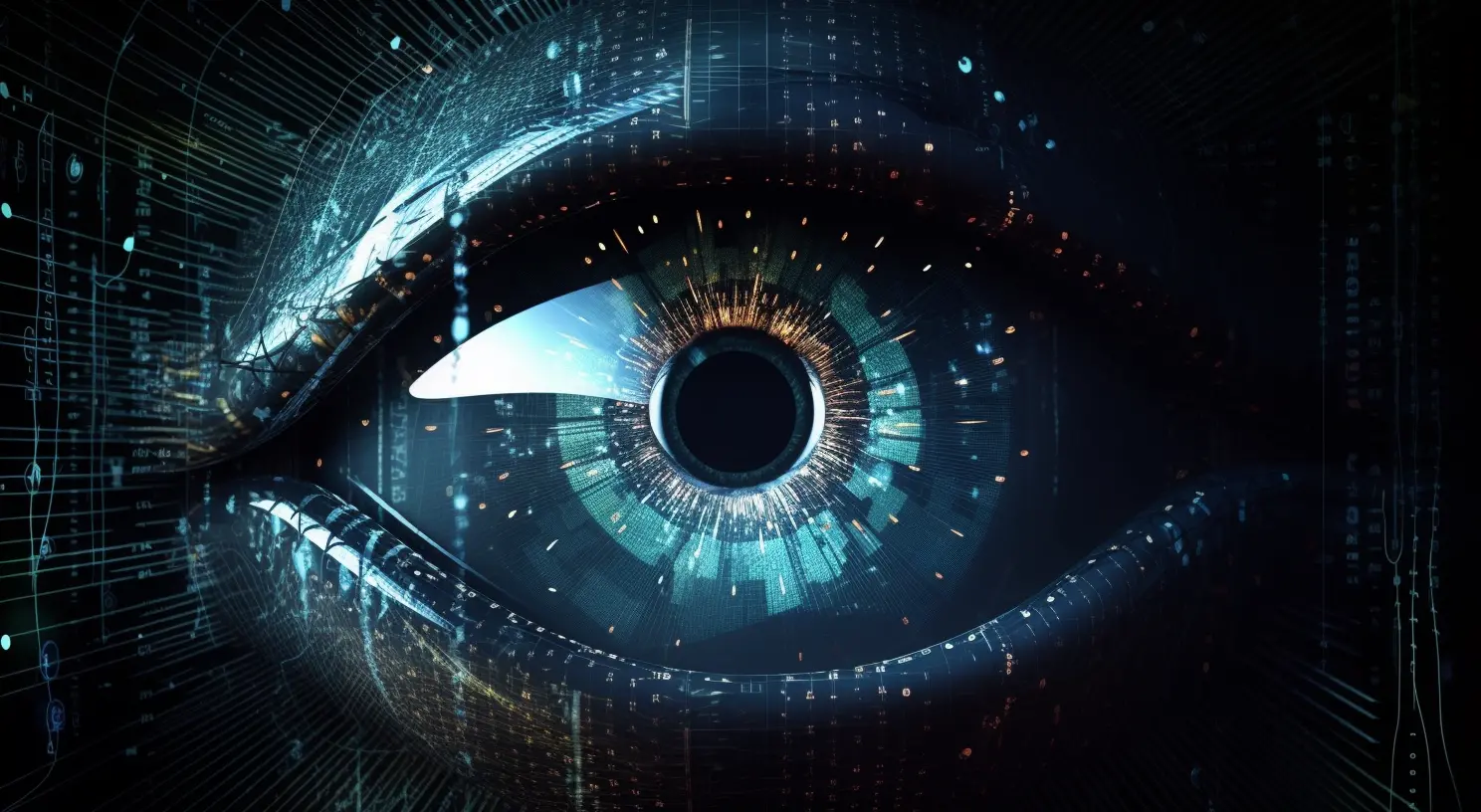
COMPUTER VISION DEVELOPMENT
With mature technologies such as computer vision one, making computer software perceive and understand visually presented information provides the ability to interpret the world around us with ease. Not only does computer vision (CV) technology help businesses automate day-to-day activities and numerous routine tasks, but it also accommodates improvement of productivity and quality in business processes for a great number of industries. Moreover, it opens up ample opportunity for businesses to embed decision-making capabilities into their existing computer systems.
Only by utilizing advanced and innovative tools can we at ServReality produce CV-backed software solutions that meet clients' business needs and help them drive business growth. Basically, we create special CV-powered algorithms and techniques that allow machines to retrieve visual information, manipulate it, and interpret results.
DEVELOPMENT WITH COMPUTER VISION TECHNOLOGY: KEY APPROACHES
CV-based software development requires identifying the use case for CV and how it applies to your business needs. Only by retrieving, processing, or analyzing "things" in your image can you classify, track, count, or recognize objects to collect and present data that helps businesses be more functional, productive, and profitable.
DEVELOPMENT WITH COMPUTER VISION TECHNOLOGY: REAL CHALLENGES
Image processing poses a serious challenge when it comes to software development using computer vision. Not only should an object be detected in any lighting conditions (natural or artificial) and orientation, with any occlusions and specific effects, but it is also imperative for a CV-based system to "see" that object in numerous scenes as well as retrieve meaningful information.
Additionally, a CV system doesn't meet the capabilities of human vision to perceive surroundings through light that enters eyes, as it lacks the explanation and justification capabilities. Moreover, simply building a "seeing" system leads to failure due to its inability to interpret information about certain objects, classify them, and then understand and label them correctly. Having that in mind, we opt for neural network tools that help us eliminate such issues.
IMAGE RECOGNITION
As a subcategory of CV, image recognition represents some specific uses for detecting and analyzing images:
- Data-based image search allows the detection of any photos or images that contain specific content
- Pose detection adds the capability to detect human body posture
- Optical character recognition (OCR) allows symbols in various visual elements including text, video, etc., to be searched
- 2D code reading
- Facial and pattern recognition allows the identification or verification of a person's identity using images of their face
Humans perceive the world as a 3D area while an image is a two-dimensional projection. This means that extracting useful and meaningful information from images/pictures has proven to be a surprisingly challenging task for computers. Not only should they perceive and recognize meaningful information in terms of optical illusions, but they also need to take into account the complexity of visual world perception.
With image handling, it's possible to process and convert the pictures and visual data to a format that is easier to use. Not only can you prepare them as input for a particular system project, but you can also automatically extract meaningful information from it for interpretation.
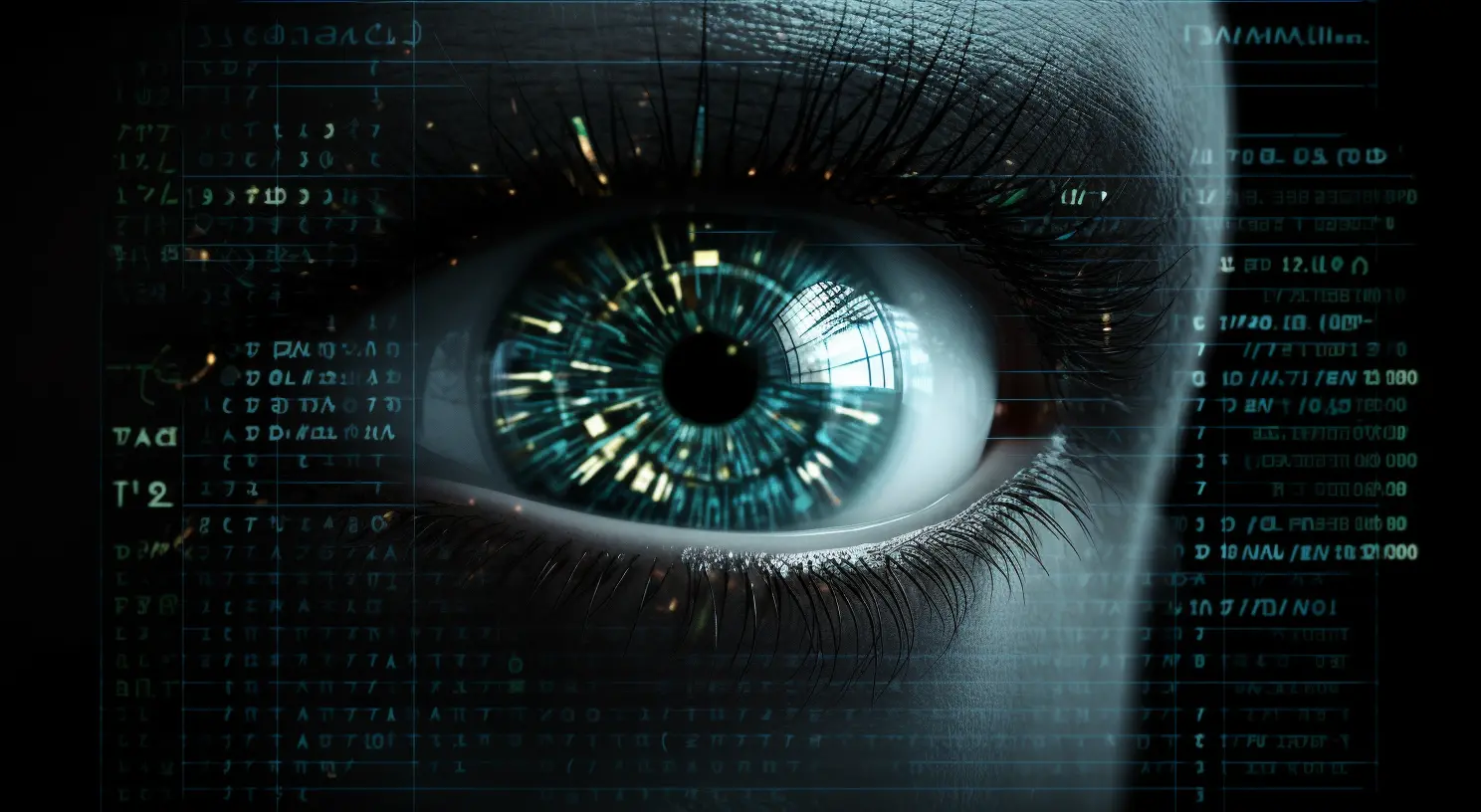
MOVEMENT EXAMINATION
Movement assessment is the second major issue in computer vision and presents some difficulties when gauging an object's positioning and movement. That's why it's imperative to perform some active motion investigation tasks to develop a computer vision-enabled system:
- Detecting 3D action from a series of pictures taken from a camera
- Tracking and analyzing motion
- Presenting motion structure
- Scene and image reconstruction
Maintaining details at the scene level brings some challenges when creating a computer vision system. Not only should we provide an initial estimate for a 3D scene by retrieving a set of data from the scene database, but it's also important to effectively select the most consistent set of geometry to provide a final scene. In addition to that, removing noise is essential when generating more coherent, accurate 3D scenes.

COMPUTER VISION DEVELOPMENT APPLICATIONS
Here are some of the commonly used applications of CV:
- Scheme identification and electronic observation
- Vehicle and traffic light detection
- Event discovery
- Lane tracking and pedestrian detection
- Navigation
- Pose estimation and AI referee
- Drone-based crop analysis
- Data structuring
- 3D scanning
- Thermographic camera and radar
DEVELOPMENT LANGUAGE
Languages relevant to the computervision solutions include the following:
- C++
- Python
- Matlab
Our vision developers create each piece of computer vision development software the the application of these given languages.
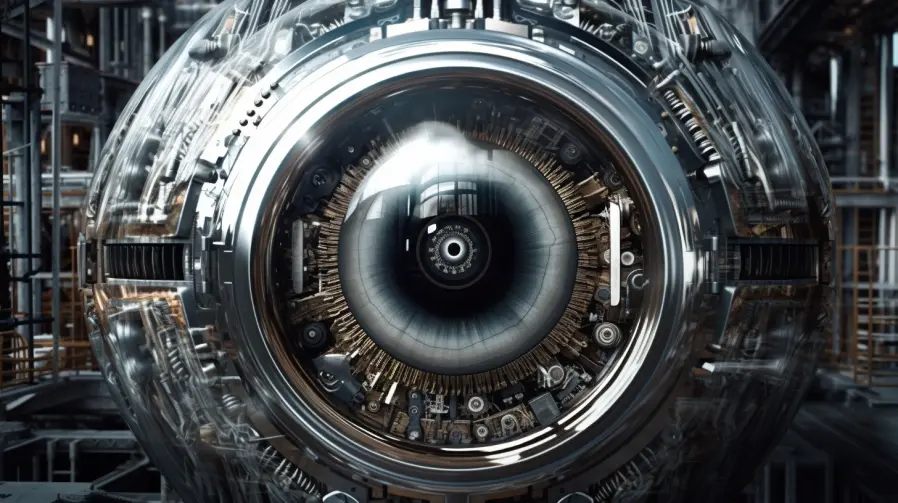
COMPUTER VISION DEVELOPMENT TOOLS
CV development applications and software usually contain systems for:
- ELECTRONIC OBSERVATION
- IDENTIFICATION OF SCHEMES
- RULING MEANS
- EVENT DISCOVERY
- INTERCONNECTION OF A MACHINE SYSTEM WITH AN INDIVIDUAL
- DESIGN AND DEVELOPMENT OF THINGS AND ENVIRONMENTS
- NAVIGATION
- DATA STRUCTURING
- RGB CAMERA SENSORS
- 3D SCANNERS
- THERMOGRAPHIC CAMERAS
- RADAR
- HYPERSPECTRAL IMAGERS
- SMARTPHONES
COMPUTER VISION FRAMEWORKS
We at our CV technology company apply the following frameworks when developing a CV-powered system:
- Matlab. An easy-to-use tool, MatLab helps our software engineers to create CV-based systems for image processing and quick modeling. Moreover, it opens ample opportunities to eliminate a great number of bugs
- OpenLab. As a multifunctional tool, it allows software engineers to work in five areas including acquisition, image presentation, storage, analysis, and automation to create CV-packed solutions for Linux/iOS/Android/Windows, etc. Not only does it help tailor the system to any business requirement, but it also provides great technical control and ensures that the output is high quality, effective and secure
- Scikit-Image. Working with C#, an image processing library allows software engineers to implement a plethora of algorithms and filters for image transformation. Moreover, it provides utilities for use in research, education, and industry applications
- SimpleCV. Being an open-source library, it solves many problems in the CV domain. Not only does it come with great APIs, but it also supports many complex algorithms for creating CV-powered systems
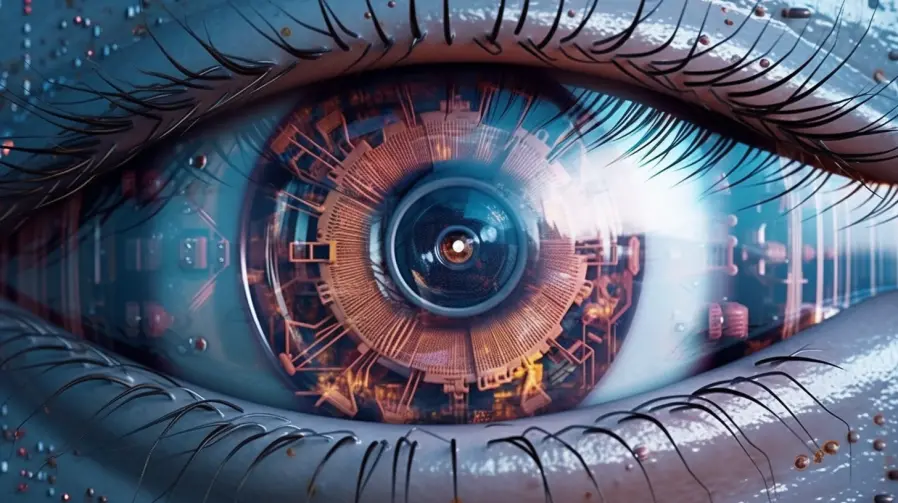
COMPUTER VISION SOLUTIONS
CV solutions are versatile and can be adapted to many industries, including:
- AI and ML
- Physics and Neurobiology
- Automotive and Manufacturing
- Retail and Healthcare
- Agriculture and Surveillance
Our CV development professional team can turn any idea into a top-notch computer vision solution for any customer!
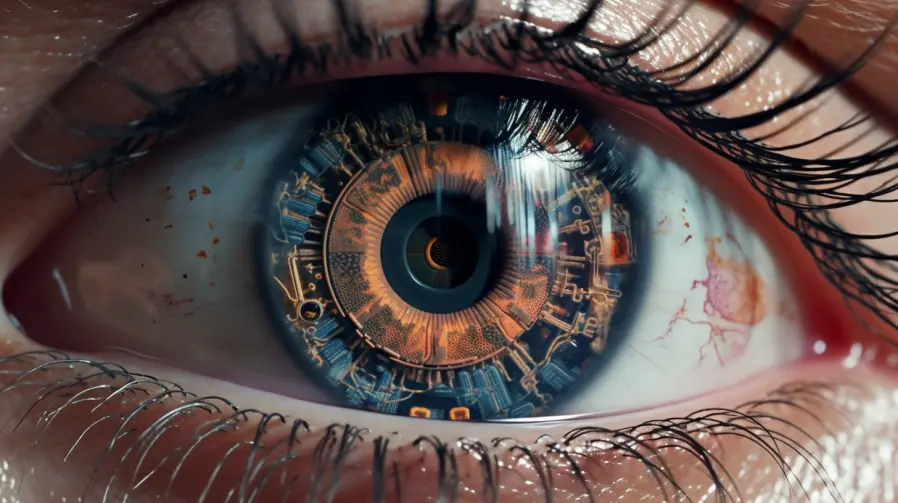
CV Development applications Here are some examples of CV development applications:
- Facial Authentication and recognition
- Medical Image Segmentation and Diagnostics
- Robotics
- Security System Monitoring
- Pose Estimation
- Security system monitoring (business purposes)
- Interactive Medical Imaging
- Scene understanding
We at ServReality cv company can apply our measured and strategic approach to help you combat uncertainty when thinking about a computer vision project!

FAQ
What is exactly a computer vision technology?
As a field of artificial intelligence (AI) and deep learning (DL), computer vision aims to build and implement the computer systems that can 'see' and 'interpret' visually presented data obtained from the surrounding world.
How does computer vision (CV) work?
Basically, we apply a great number of CV algorithms to extract the meaningful features from that image, learn patterns and then perform further operations on it.
What are you developing?
Our computer vision company ServReality can bring to life the following: lane tracking and pedestrian detection, navigation, pose estimation and tracking, drone-based crop analysis and data structuring, 3D scanners, robotics solutions and so on.
Where is Computer Vision applied?
Generally, computer vision (CV) technology has a focus on the implementation of complicated human vision systems in automotive and manufacturing, physics and neurobiology, healthcare and retail, agriculture, and surveillance industries.
Where can I look at your cases?
You can look at our cases here. Stay with our professional cv company to make your computer vision project stand out!
